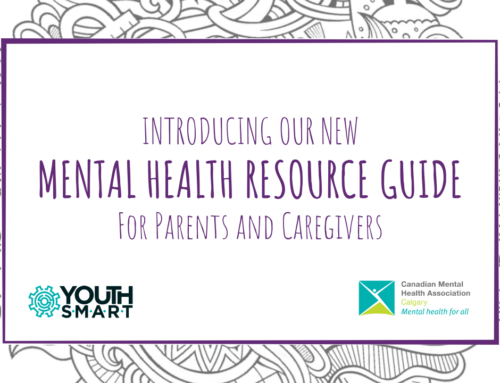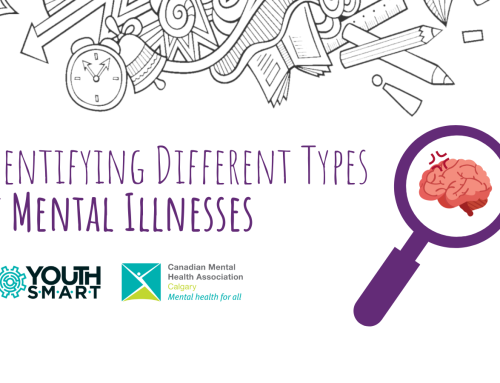The Origin of Pink Shirt Day
On his first day of 9th grade, a Canadian male student wore a pink shirt to school causing some of his fellow classmates to bully and harass him for his clothing choice. This situation sparked two young men to organize a high school protest that involved the distribution of pink shirts for students and staff to wear throughout the entire school in solidarity with the bullied student. This simple but impactful stand of unity inspired others to join forces and spread the message that bullying and harassment should not be tolerated.
Pink Shirt Day is now a global movement with countries around the world organizing their own anti-bullying fundraisers, and engaging in more acts of kindness and acceptance. As the movement continues to grow in Canada, anti-bullying programs are expanding and supporting youth and children who are physically, emotionally, and mentally affected by bullying.
Lift Each Other Up
This year’s theme—Lift Each Other Up—emphasizes the need to embrace, accept, and celebrate all of the differences that make each and everyone one of us unique and valued. Establishing mutual respect and inclusivity in every space (school, home, work, and online) is a big step in eliminating bullying.
In times of uncertainty, it’s never been more important to express kindness to our loved ones, our peers, and strangers around us. You never know what someone is dealing with, and how your words can affect them negatively or positively.
A simple act of lifting someone up is verbally acknowledging how they have positively impacted you, and/or others.
Think of someone who has helped a lot in a group project, someone who volunteers their time to help others, someone who makes you smile on bad days or someone who is always there for you.
You can also lift up those who appear to be struggling. A boost of encouragement or even a compliment can truly stand out to someone in their darkest times.
Supporting Youth & Children
A misconception about bullying is that it “builds character” and “toughens your skin” for the future—that is not true.
Severe bullying, which is still present in schools and in online spaces, can cause long-term damage to your physical, emotional, and mental health leading to increase feelings of worthlessness, anxiety, depression, stress, suicide ideation, etc.
Listed below are some strategies to help combat and stop bullying.¹
- Self-Talk: Say out loud, or write down the qualities that make you feel good about yourself. This will build your self-esteem and outwardly show others that you are strong and resilient.
- Better Together: If you’re feeling isolated in a bullying situation, go towards a group of people. More than half the time, bullying stops within 10 seconds when a bystander gets involved.
- Be Assertive: Bullies tend to target those who appear submissive and not confident. No matter what, keep your head high and try not to let someone, who probably has their own issues and is lashing out, bring you to their level. Ignore the situation. There is no shame in walking away.
I’m Being Bullied – What Do I Do?
Remember that you are not alone and do not deserve to be bullied.
You can confide in a trusted adult such as a parent(s), an older sibling, family member, neighbour or a counsellor.
If you need other support, consider connecting with Kids Help Phone or Bullying Canada.
Kids Help Phone is Canada’s only 24/7, national support service offering professional counselling and support to young people in both English and French. You can reach someone by calling 1-800-668-6868, texting the word CONNECT to 686868, or through Facebook Messenger.
BullyingCanada is Canada’s first youth-created anti-bullying charity. A trained volunteer is available for contact by phone or text at 877-352-4497 or email, support@bullyingcanada.ca.
Remember that bullying isn’t something that just happens when you’re a kid. As you grow into your adulthood, you may find yourself dealing with a bully in the workplace, online, or even at home.
By using the strategies and resources provided, you will gain a better understanding of how to stop and end bullying once and for all.
¹Oleksandr Fedoryshyn. “Bullying or Conflict? Bully-Proofing Strategies for Prevention and Intervention in Canadian Schools.” Innovation in Education, no. 9 (2019): 280-290, doi: https://doi.org/10.35619/iiu.v0i9.137
You are not alone. There is help.
If you cannot find someone you trust who is willing to support you, dial a crisis line right away at 403-266-HELP (4357) All crisis lines are confidential.


